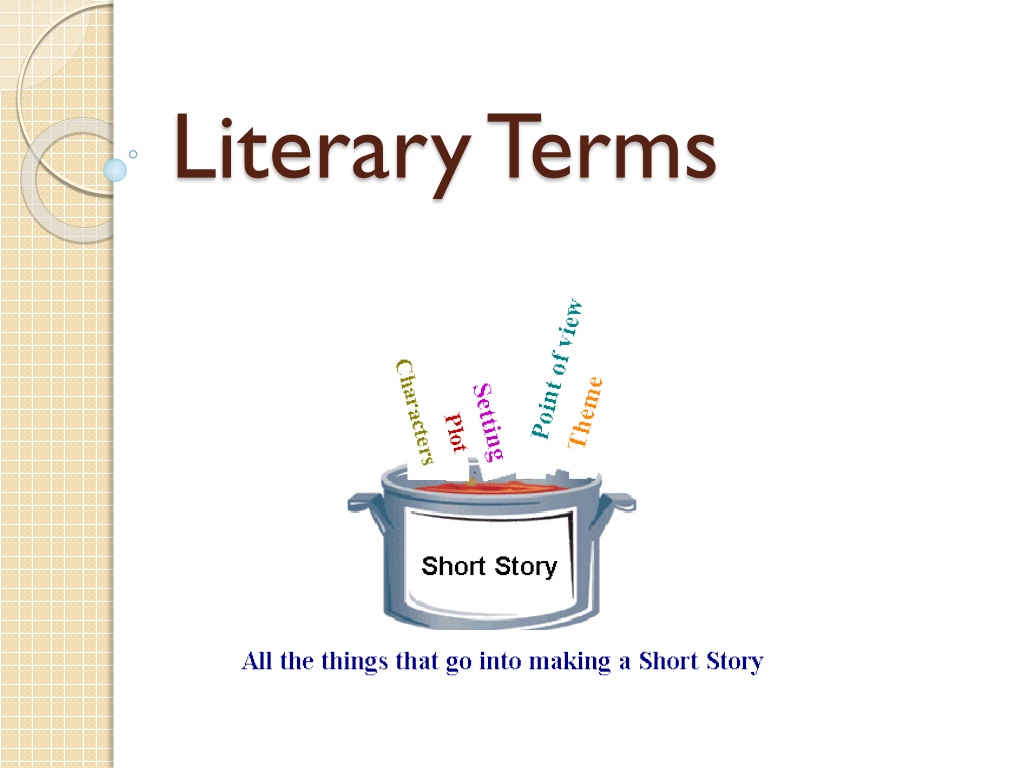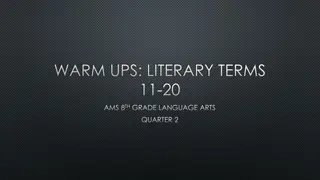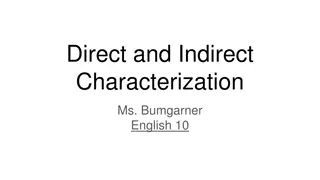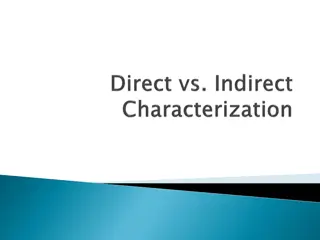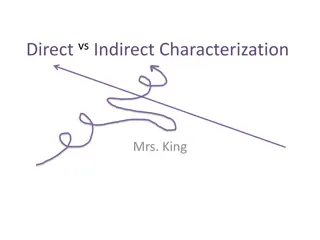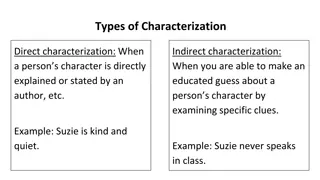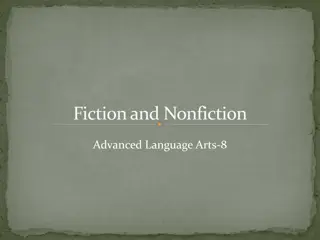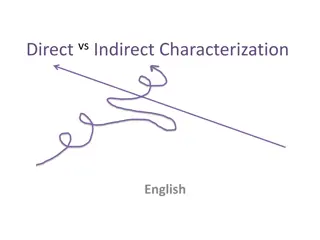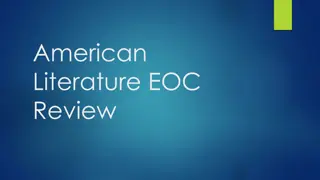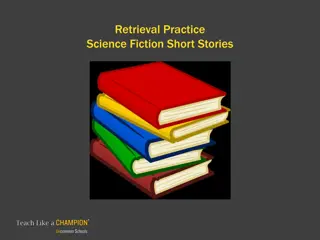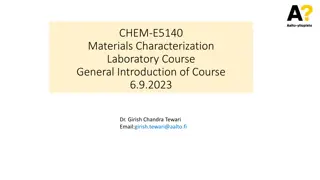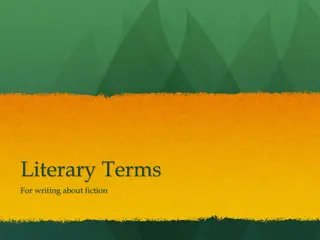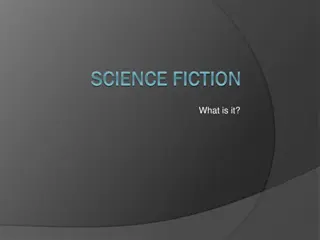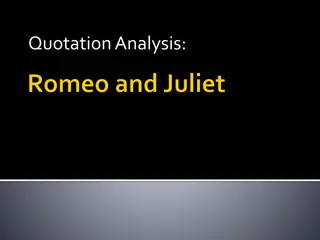Understanding Literary Terms and Characterization in Fiction
Explore essential literary terms such as setting, tone, mood, protagonist, antagonist, irony (verbal, situational, dramatic), characterization (direct and indirect), and types of characters (static, dynamic, flat, round). Enhance your comprehension of how authors craft stories with diverse characters and engaging elements.
Download Presentation

Please find below an Image/Link to download the presentation.
The content on the website is provided AS IS for your information and personal use only. It may not be sold, licensed, or shared on other websites without obtaining consent from the author. Download presentation by click this link. If you encounter any issues during the download, it is possible that the publisher has removed the file from their server.
E N D
Presentation Transcript
Setting: The time and place of the story Tone: the atmosphere the writer creates Mood: the feeling a reader gets from a piece of literature Protagonist: The main character in a piece of fiction or drama. This person will set the plot into motion. Antagonist: The character or force that blocks the protagonist. Often, but NOT ALWAYS, the antagonist is the bad guy . .
Irony: There are three types of irony: 1. Verbal Irony: a writer or speaker says one thing, but really means something else.
Irony Continued 2. Situational Irony: a contradiction between what you expect to HAPPEN and what really HAPPENS.
Irony Continued 3. Dramatic Irony: when the audience or reader knows something important that a character in a play or story does NOT know.
Characterization: The process of revealing the personality of a character in a story. There are TWO ways to characterize: 1. Direct Characterization: The reader is told directly what the character is like. Example: She is a beautiful girl with blond hair and blue eyes. 2. Indirect Characterization: The reader must use his or her own judgment to decide what a character is like, based on the evidence the writer gives. Example: Her hair glistened in the sun and her eyes sparkled like the ocean.
Characters: There are four main types of characters: Static Character: 1. A character that does NOT change through the course of the story. They STAY the same. Example: The wicked witch of the West. Dynamic Character: A character that changes as a result of the story s events. Example: Simba from The Lion King changes from an insecure, young child to a brave and commanding leader. 2.
Characters Continued Flat Character: 3. A character that only has one or two traits that can be described in a few words. Example: Captain Hook is an evil and mean man. Round Character: A character that has many different character traits and emotions which sometimes contradict one another. They seem like a real person. 4.
Foil: A character who is used as a contrast to another character in the story. They are opposites. Example: Mufasa versus Scar from The Lion King
Conflict: A struggle or clash between opposing characters or forces. There are two types of conflict: 1. External Conflict: A character struggles against an outside force. 2. Internal Conflict: A struggle within the character s own mind. It usually focuses on some kind of moral dilemma.
Plot: The sequence of related events that make up a story Exposition: Information about the setting and background information on characters. Inciting Incident: The first event that gets the story started. Example: The Narrator flashes his headlights at a car( Greasy Lake by TC Boyle) Rising Action: The series of events that lead to the turning point.
Climax: The moment of highest emotional intensity. It is also known as the turning point of the story. Falling Action: All actions that follow the climax (turning point). Resolution: When the conflicts are solved and all the loose ends are tied up Denouement: Another name for the resolution
Plot Diagram: Climax Exposition Rising Action Resolution/Denouement Falling Action Inciting Incident
Theme: The central idea about human life. Foreshadowing: Hints to future events of a story.
Point of View The vantage point from which a writer tells a story. There are three possible points of view: 1. Omniscient Point of View: all-knowing : The person telling the story knows everything about all the characters and their problems.
Point of View Continued 2. First Person Point of View: A character in the story is telling the story. This narrator will use the pronoun I Example: The Narrator from Greasy Lake
Point of View Continued 3. Third-Person Limited Point of View: The narrator, who plays no part in the story, zooms in on the thoughts and feelings of just one character.
Satire: A literary work that mocks or ridicules the stupidity or vices of individuals, groups, institutions, or society in general. Allegory: Characters, actions, or settings that represent abstract or moral qualities Symbol: Something that represents something else. It has meaning beyond itself.
